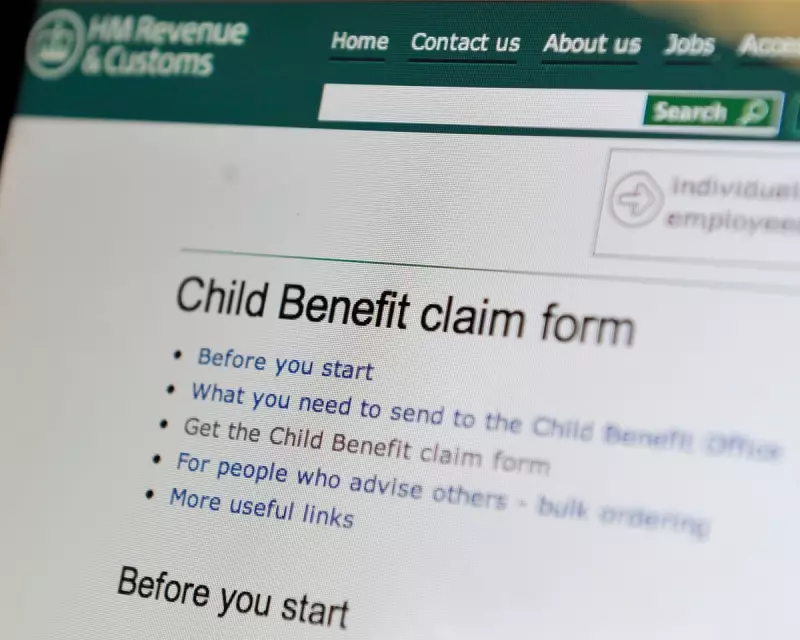
In a bold move set to reshape how Britons interact with the state, ministers are championing digital identity as a powerful tool to support struggling families. The revolutionary scheme promises to slash through bureaucratic red tape that often traps the most vulnerable in cycles of poverty.
The Paperwork Poverty Trap
For millions across the UK, proving identity remains a significant barrier to accessing essential services. The current system, reliant on physical documents and in-person verification, creates what experts call a 'paperwork poverty trap'. Many low-income households lack passports or driving licences, while utility bills – often demanded as proof of address – become meaningless for those in temporary accommodation or moving frequently.
How Digital ID Will Transform Lives
The proposed digital identity system would create a secure, government-backed online verification method. This isn't just about convenience – it's about fundamental access to support:
- Instant benefit claims: Apply for Universal Credit and other support without document delays
- Streamlined housing applications: Verify identity for social housing without repeated paperwork
- Financial inclusion: Open bank accounts and access financial services more easily
- Healthcare access: Register with GPs and access medical services without identification barriers
Beyond Convenience: The Financial Lifeline
This initiative represents more than technological advancement – it's a potential financial lifeline. Research indicates that bureaucratic delays in benefit claims can push families into crisis borrowing, creating debt cycles that take years to escape. The digital verification system could reduce processing times from weeks to days, ensuring support reaches those who need it most when they need it most.
Addressing the Digital Divide
Critics have raised concerns about digital exclusion, but the government plan includes comprehensive support measures. Local libraries, community centres, and dedicated helplines will provide assistance for those less comfortable with technology, ensuring nobody is left behind in this digital transformation.
The scheme represents a fundamental shift in how the state serves its most vulnerable citizens – moving from bureaucratic hurdles to seamless support that could genuinely lift people out of poverty.





